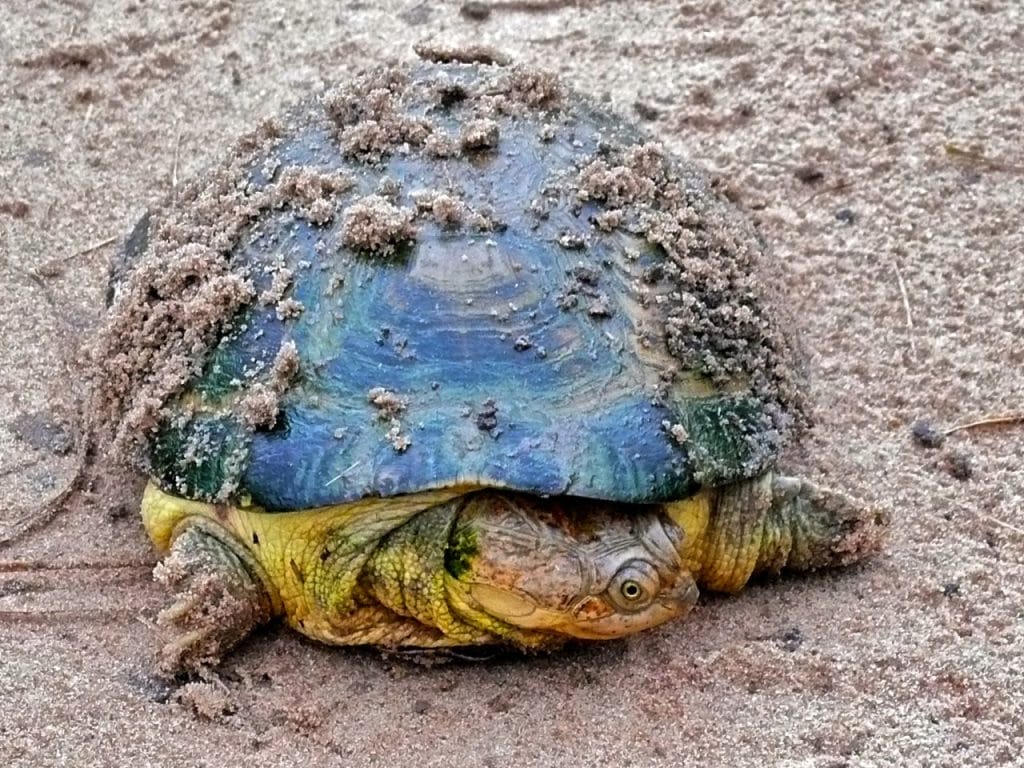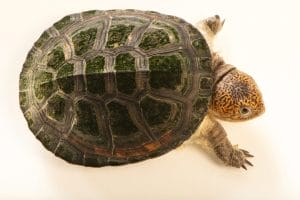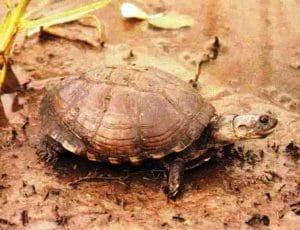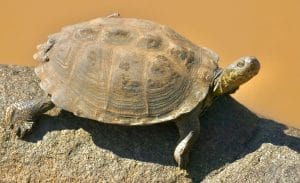Pelusios williamsi (Williams’ Mud Turtle)
Home > Turtle Database > Pelusios williamsi (Williams’ Mud Turtle)

Pelusios williamsi, or Williams’ Mud Turtle, is a small to medium-sized freshwater turtle found in parts of East Africa. It’s known for its domed shell and hinged plastron that helps it protect itself from threats.
Native To These Regions
Democratic Republic of the Congo, UgandaNative Turtle Species Map – Find Turtles by Region
Scientific Classification
Kingdom: Animalia
Phylum: Chordata
Class: Reptilia
Order: Testudines
Family: Pelomedusidae
Genus: Pelusios
Species: Pelusios williamsi
Common Names
Williams’ Mud Turtle
Williams’ African Mud Turtle
This Hilarious Turtle Book Might Know Your Pet Better Than You Do
Let’s be real—most turtle care guides feel like reading a textbook written by a sleep-deprived zookeeper.
This one’s not that.
Told from the snarky point of view of a grumpy, judgmental turtle, 21 Turtle Truths You’ll Never Read in a Care Guide is packed with sarcasm, sass, and surprisingly useful insights.
And hey—you don’t have to commit to the whole thing just yet.
Grab 2 free truths from the ebook and get a taste of what your turtle really thinks about your setup, your food choices, and that weird plastic palm tree.
It’s funny, it’s honest, and if you’ve ever owned a turtle who glares at you like you’re the problem—you’ll feel seen.
Identification
Description
This turtle has a brown to olive domed carapace with a smooth texture and a yellowish plastron. Its skin is typically dark brown or black with lighter markings on the head and limbs. Adults grow to about 6–8 inches in shell length.
Sexual Dimorphism
Males usually have longer and thicker tails, while females are larger-bodied to accommodate egg-laying. Males may have a slightly more concave plastron.
Check more turtles from the Pelusios genus
Native Origin and Distribution
Geographical Range
Found mainly in Kenya, Uganda, and Tanzania. It inhabits the Nile River system and surrounding freshwater bodies in East Africa.
Preferred Habitat
Prefers slow-moving or still freshwater environments like swamps, ponds, and marshes. Often found in areas with muddy or sandy bottoms and plenty of aquatic vegetation.
Behavior
Feeding Habits
Omnivorous by nature. Eats aquatic insects, small fish, plant matter, snails, and crustaceans. Forages in water but also feeds on land occasionally.
Predators
Main predators include birds of prey, large fish, monitor lizards, and sometimes humans.
Reproduction
Breeding Season
Generally occurs during the rainy season when water levels rise. This provides more nesting areas and food availability.
Reproductive Method
Females lay eggs in moist soil near water. Clutches usually have 6–12 eggs. Hatchlings emerge after an incubation period of 2–4 months, depending on temperature.
Conservation
Extinction Status
Not currently listed as endangered but may be considered near threatened in certain areas due to habitat decline.
Threats
Habitat loss due to agriculture, pollution of water bodies, and collection for the pet trade. Droughts and climate change also affect population stability.
Conservation Measures
Local efforts focus on wetland preservation and monitoring of trade activities. Some areas provide partial legal protection to their habitats.
Economic Importance
Occasionally collected for the local pet trade. Not a major species in commercial use, but may contribute to ecological balance by controlling insect and snail populations.
Interesting Facts
This species has a hinged plastron that allows it to close its shell more tightly than many other turtles. It’s also known to bury itself in mud during dry periods to avoid dehydration.

About Author
Muntaseer Rahman started keeping pet turtles back in 2013. He also owns the largest Turtle & Tortoise Facebook community in Bangladesh. These days he is mostly active on Facebook.














